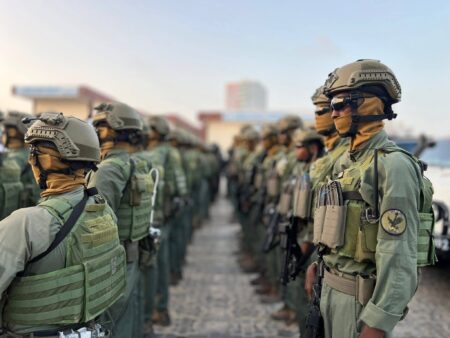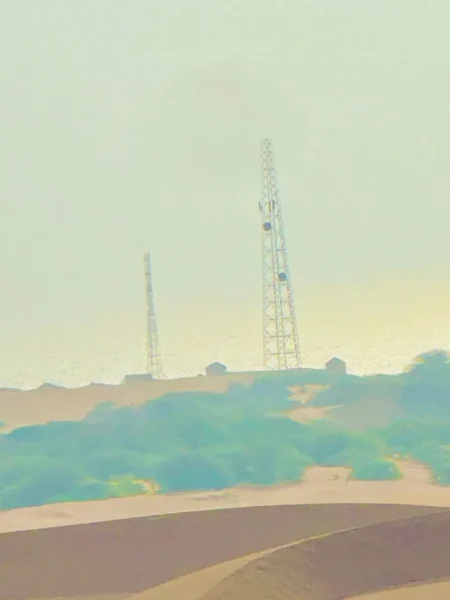The Beginning of the End of Secession in Northern Somalia
The blue Somali flag, now raised atop a prominent hill overlooking the city of Las Anod and visible from 40 miles away, is more than just a tribute to the brave men and women who lost their lives resisting secessionists in Hargeysa. It symbolizes hope and encouragement for those who continue to live under separatist rule yet yearn for the chance to freely express their political preferences—whether to remain part of Somalia or to secede.

Raising the Somali flag is a powerful reminder of a fundamental human right: the freedom of individuals to determine their own political destiny without force or intimidation. Unfortunately, the separatist movement has actively impeded this right, imposing its will on thousands of residents who do not support secession.
However, the prominent display of Somalia’s national flag in Las Anod represents emerging hope. It signifies the aspiration of many residents in northern Somalia that a fair and transparent voting process will soon be established. Such a referendum would provide citizens the democratic right to choose between continuing their unity with Somalia or pursuing independence without coercion or external pressure.
It is crucial for international actors—including the African Union (AU), the European Union (EU), the United States, and the United Nations (UN)—to actively support a peaceful and democratic referendum in northern Somalia. Allowing residents to freely determine their political future through voting rather than by force is essential for maintaining regional stability and preventing unnecessary conflict.

Finally, Somalia’s unique clan-based societal structure requires careful consideration. Clan affiliations provide Somalis with inherent social insurance, making forced political decisions unsustainable and dangerous. Therefore, ensuring that political decisions in northern Somalia are made through fair voting is essential for lasting peace, security, and unity across the entire Somali region.




